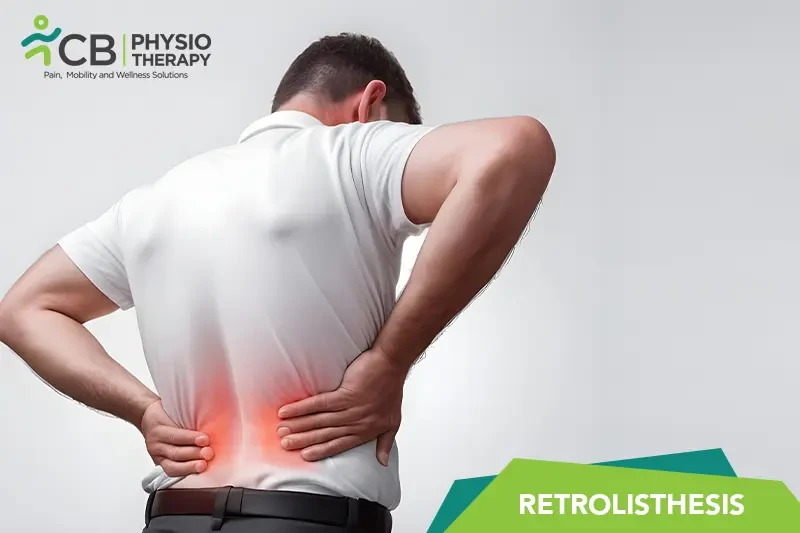Physiotherapists often use various electrical modalities to manage pain, reduce inflammation, and promote healing in patients with retrolisthesis:
Thermotherapy / Cryotherapy:The use of heat/cold packs can help relieve pain and increase the range of motion..
Transcutaneous Electrical Nerve Stimulation (TENS):TENS delivers low-voltage electrical currents through the skin to stimulate nerve fibers, which can help block pain signals to the brain and promote the release of endorphins. Electrodes are placed on the skin over the painful area, and the patient feels a tingling sensation.
Interferential Current Therapy (IFC):IFT uses two high-frequency electrical currents that intersect deep within the tissues. The interference of these currents produces a low-frequency current that penetrates deeper into the tissues compared to TENS.
Ultrasound Therapy:US helps promote tissue healing, reduce pain and inflammation. It uses high-frequency sound waves to produce deep heat within tissues, which increases blood flow, relaxes muscles, and promotes healing. The gel is applied to the skin, and a handheld ultrasound device is moved over the affected area.
Electromyographic Biofeedback (EMG):EMG uses electrodes to detect muscle activity and provides feedback to the patient. This helps patients learn how to control muscle tension and improve muscle function. Electrodes are placed on the skin over the muscles, and the patient receives visual or auditory feedback.
Electrical Muscle Stimulation (EMS):EMS helps in muscle strengthening and pain relief. It uses electrical currents to cause muscle contractions, which can help strengthen weak muscles, reduce
muscle spasms, and improve blood circulation. Electrodes are placed on the skin over the target muscles, and the patient experiences muscle contractions.
Iontophoresis:Iontophoresis deliver medication through the skin to reduce inflammation and pain. It uses a low electrical current to drive anti-inflammatory medications (e.g., corticosteroids) into the affected tissues. A medication-soaked pad is placed on the skin, and an electrode is attached to it to deliver the electrical current.
Microcurrent Therapy:Microcurrent therapy is used for pain relief and tissue healing. It uses very low-level electrical currents to mimic the body's natural electrical currents, promoting cellular repair and reducing
inflammation. Electrodes are placed on the skin, and the patient may feel a very mild or no sensation.
High-Voltage Pulsed Current (HVPC):HVPC is used for pain relief, reduction of
edema, and wound healing. It uses high-voltage electrical pulses to stimulate tissues, reduce swelling, and promote healing. Electrodes are placed on the skin over the affected area, and the patient feels a pulsing sensation.
Exercise Therapy:1: Strengthening Exercises: Focus on strengthening the core muscles, including the abdominal, back, and pelvic muscles, to provide better support for the spine, e.g. planks, bridges, pelvic tilts, and leg raises.
2: Flexibility Exercises: Stretching exercises to improve flexibility and reduce muscle tightness, e.g.
hamstring stretches, hip flexor stretches, and lumbar stretches.
3: Stabilization Exercises: Exercises aimed at enhancing spinal stability and reducing the risk of further slippage, e.g., bird-dog, dead bug, and side planks.
4: Low-impact aerobic Exercises: Activities such as walking, swimming, or cycling to improve
cardiovascular health without placing excessive stress on the spine.
5: Progressive Loading: This includes a gradual increase in intensity and slowly increasing the intensity and complexity of exercises as the patient progresses to build strength and endurance.
Manual Therapy:Gentle movements are given to improve joint function and relieve pain. Soft tissue techniques like massage and
myofascial release reduce muscle tension and improve blood flow.
Balance and Coordination Training:Balance exercises help to improve stability and prevent falls, e.g. single-leg stands, balance board exercises, and stability ball exercises.
